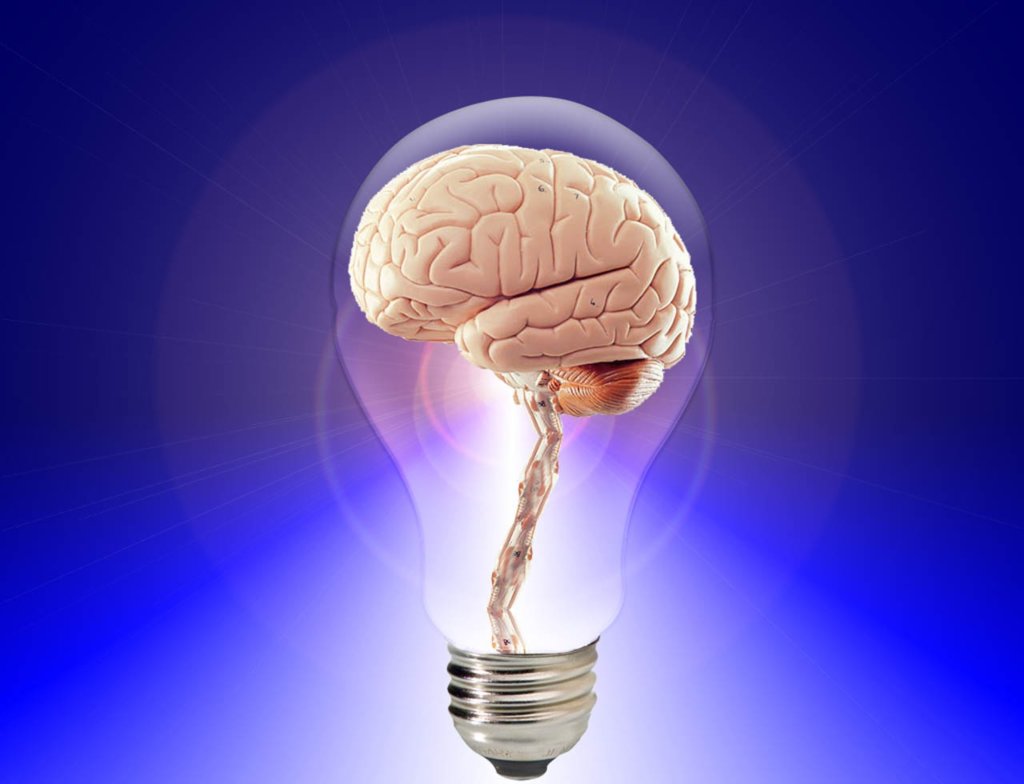Memories of Times Past

As some of the first to have worked in Nina’s lab at Northwestern, we thought we would reminisce about those earliest, seminal, foundational years which presumably shaped all that came later. Nina’s lab moved from Michael Reese Hospital in Chicago’s near south side to far up north in Evanston in 1990. Part of the Communication Sciences and Disorders department, the lab was housed on the second floor of Northwestern’s famed Frances Searle building, widely regarded as a “communication disorder” itself for its labyrinthine layout and oddly situated doors leading to unexpected places. The first weeks were spent on hands and knees, with rags and paint thinner, cleaning the baseboards of spatter from the newly painted walls. Rugs, photos, and paintings on the walls soon brought additional cheer. Comfortable recliners placed inside the sound booths served the dual purpose of EEG testing and naps for hardworking graduate students. Oftentimes, astute graduate students combined the two, serving as EEG participants whose sleep stages were monitored for research examining MLR activity during REM and deep sleep.
In addition to rigorous science, Nina made sure food, conversation, and socialization were a focus. In those innocent days without ubiquitous internet, cellphones, or social media, lunch was always eaten together, often consisting of Michelini’s salads and sandwiches delivered to the lab. In the days before vitamin water, we filled our humble water bottles at the water cooler, causing a brilliant statistician professor and beloved member of the lab to ask if we were “bottling at the source?” We all gathered around the ‘conference’ table, which was really more of a dining table, dissecting and deconstructing all the relevant issues of the day. Another lab member was an eminent Audiology professor whose knowledge of Evanston eateries was legendary. When a constitutional crisis brought Russia to the brink of civil war in the early 1990s, we recall worriedly telling lab members, ‘There’s a coup in Russia and Prof is in Hungary’, and those who heard this appeared terribly concerned since they heard ‘Prof isn’t hungry’— an unprecedented situation indeed! Early lessons in speech perception thanks to our ever-loved gourmet professor.
Interesting characters would come and go regularly. A short-lived RA whose hair choices prompted one young subject to ask whether he was part poodle. And there was a post-doc convinced that Starbucks coffee contained a mind-control substance and adamantly refused to drink it. You can guess what was surreptitiously hidden in the Folgers can next to the venerable Proctor-Silex coffee maker.
In summers, at lunchtime, we would head down to the lake to eat on the beach. Sometimes Nina’s then-small children (Nick, Russell and Mikey) would join us there. Winter celebrations around the conference table were especially looked forward to. In particular, I wonder what caused us typically shy folks to talk garrulously and giggle endlessly during Christmas parties while sipping eggnog? Nina (as always) was way ahead of her time and had created a lab environment where we all truly enjoyed working and being in that physical space. Perhaps today’s high-tech trend of luring employees with food and games can be traced back to the original lab days when the lab was so comfortable and fun that no one wanted to leave.
Birthday celebrations were a must. When we wanted to get Nina into the lab for a surprise birthday party, the surest bet was to tell her that a certain NIDCD program officer was on the line. She dropped everything and rushed no matter how many times we used the same ploy.
One of the cutting-edge things about the lab in the early days was that Nina did an equal number of human and animal studies. While this was a terrific way to do neuroscience, it made for risky business as opening the wrong fridge at lunch could result in looking at histology slices or you might encounter R2D2 the autoclaver in the dark depths of the closet! There were aspects less than cutting edge as well. It may be hard to believe but Nina was late to embrace high-tech—when the internet became a thing in the mid-nineties, she refused for the longest time to get an email address! In the weeks before the annual ARO conferences, we all huddled together until the wee hours churning out data, creating poster panels by hand, making tiny slides (diazo process vs. black text on white was a recurring debate), all fueled by food, humor, and somehow no Powerpoint.
Famous scientists often visited the lab, and we got to accompany them shopping, listening to jazz and blues in Chicago’s dive bars, and enjoying sushi dinners. And in one notable outing, searching every boutique on the Mag Mile for an elusive pair of red jeans, apparently in short supply in the visitor’s native country.
Thank you, Nina, for the wonderful memories which remain fondly cherished and never forgotten.

